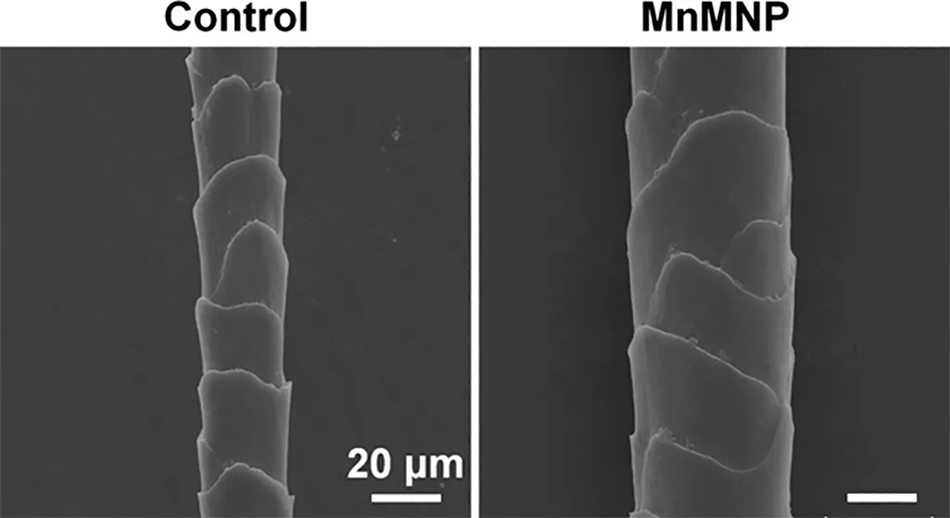New Hair Regeneration Method: Better than Testosterone?
Most people should blame genetics and hormones for the natural thinning of hair, hair loss, and baldness. The medical term for this is androgenic alopecia because androgens affect the condition. Androgens play a role in helping people through puberty and maturity. Females with high androgen levels may develop facial hair and acne. On the other hand, males with low levels of androgen may develop breasts (gynecomastia) and a lower sex drive.
The most prominent among the androgens in males and females is testosterone. Testosterone affects hair growth on the underarms, genitals, chest, face, and scalp. So, if a person does underlying sickness, it is probable that their loss is hereditary.
Artificial intelligence for hair regrowth?
The application of artificial intelligence is nearly limitless, and the technology touches almost all aspects of life today.
A few weeks ago, the journal Nano Letters published the results of a study on human hair regrowth conducted by scientists from the Qingdao University of Science and Technology. Using artificial intelligence, the colleagues designed a new treatment for age-related balding or androgenic alopecia. Androgenic alopecia is typically known as male pattern baldness, even if it affects both genders. Although some people do not mind going bald, baldness has a negative impact on the self-image and self-confidence of other people. You know how baldness can impact people across all genders by the number of products on hair growth and restoration sold in pharmacies and health stores.

Research process
The researchers used AI to help predict the chemical compounds that might prove effective at hair loss prevention. They target the reactive oxygen-free radicals that overpower the body’s antioxidant enzymes by design. When the balance tips in favor of the oxygen-free radicals, it can damage the hair follicles and hasten hair loss.
In previous efforts, scientists tried to develop compounds that can disrupt the free radicals and let the hair grow without disruption, but their efforts were unsuccessful. Then, they thought using artificial intelligence could provide the answer.
First step
After training AI, it came out with various possible compounds. The scientists analyzed the suggestions and picked the compound that showed promise. They synthesized small sheets for the experiment and used human skin fibroblast cells for the initial tests. They used the initial step as proof of concept to confirm that the compound they named MnPS3 is safe and effective. The initial experiment was a success.
Second test
In the second experiment, the scientists tested MnPS3 on lab animals to know if it would still be safe and effective when applied to a living thing. According to the scientists, they chose lab mice because these animals are also prone to androgenic alopecia. Then, they developed small microneedle patches to deliver the new treatment compound to the skin.
Results
It only took 13 days for the treatment to take effect. In that short time, they saw the lab mice grow denser and thicker hair that covered the bald spots due to alopecia. The scientists also discovered that MnPS3 was better than minoxidil or testosterone. Another thing they noticed was the robustness of the hair growth in the test group when they compared it to the effect of minoxidil.
Further testing
Scientists are aware they still have more to do to bridge the gap between testing MnPS3 on lab animals and to test it on humans. Commercial availability of the hair restoration treatment is only possible after the success of human testing and approval by authorities.
With the help of artificial intelligence, the researchers are optimistic that people with androgenic alopecia will soon enjoy their hair restoration treatment.
